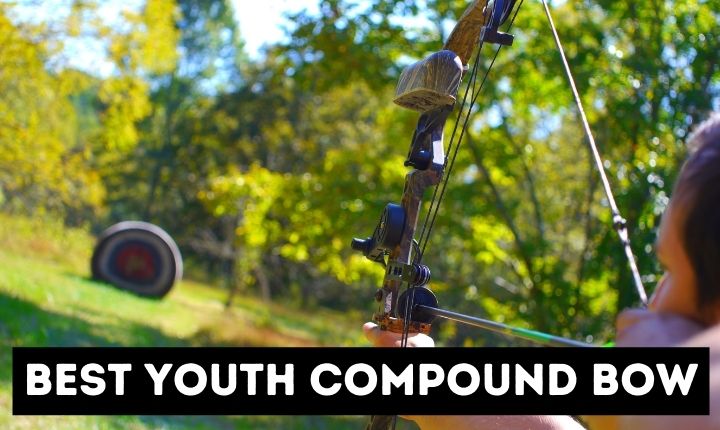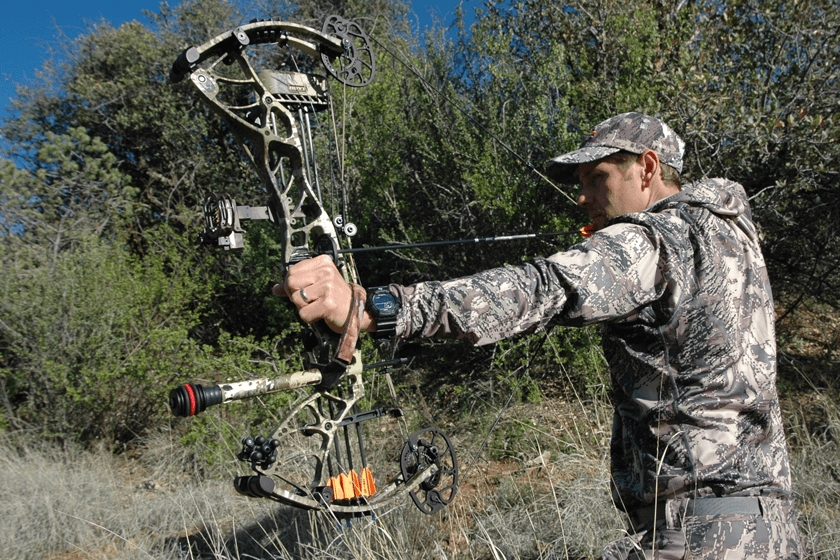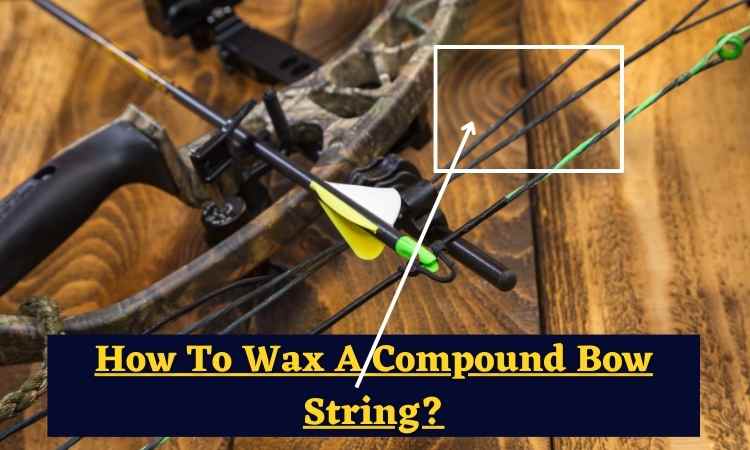To string a longbow, you can use a bow stringer or a step-by-step method. With a bow stringer, attach one end of the stringer to the bow’s lower limb tip, and then pull the stringer over the top limb to string the bow.
Without a bow stringer, place the lower limb on your foot and place your knee on the bowstring. Bend the bow inwards, and then slip the string over the notch of the upper limb.
Make sure to wear protective gloves and be cautious when stringing a longbow to avoid injury.
The longbow is a powerful and historical weapon that requires proper technique for stringing.
What Is The Importance Of Properly Stringing Your Longbow?
Properly stringing your longbow is of utmost importance for optimal performance. Incorrectly stringing your longbow can pose potential risks.
A well-strung longbow ensures better accuracy and power. Choosing the right method for stringing your longbow is crucial. There are two methods: with or without a bow stringer.
Using a bow stringer is recommended as it provides a safer and more controlled process. It helps to evenly distribute the tension, reducing the risk of damage.
Stringing a longbow without a stringer requires more skill and can be risky for both the bow and yourself.
It is best to consult an expert or refer to instructional resources before attempting it. By following these guidelines, you can ensure your longbow is properly strung, enhancing its performance and longevity.
The Bow Stringer: An Efficient And Safe Option
The bow stringer is a highly efficient and safe tool for stringing your longbow. To string your longbow using a bow stringer, follow these step-by-step guidelines.
First, make sure the longbow is unstrung and ready for stringing. Next, attach the bow stringer to the longbow carefully.
Use the bow stringer to string the longbow, ensuring proper placement and tension of the string. Finally, double-check the string to ensure it is secure.
There are several advantages to using a bow stringer for stringing your longbow, including increased efficiency and safety.
However, it is important to take precautions and follow some tips to use a bow stringer safely and effectively.
Keep these guidelines in mind to maintain the longevity of your longbow and ensure a successful stringing process.
Manual Method: A Viable Alternative
Exploring the manual method of stringing a longbow provides a viable alternative to using a bow stringer.
To string your longbow manually, start by gathering the necessary tools and materials. Next, determine the correct string length for your longbow. Ensure that the longbow is unstrung and ready for stringing.
Then, place the string correctly on the longbow limbs. Safely and gradually bend the limbs to string the longbow.
Consider the advantages and disadvantages of manually stringing your longbow. Finally, remember to follow safety measures and tips for manually stringing your longbow.

Factors To Consider When Choosing Your Stringing Method
Factors to consider when choosing your stringing method include skill level, experience, time, effort, equipment, tools, safety, and personal preference.
Stringing a longbow without using a bow stringer requires a certain level of skill and expertise.
Careful consideration should be given to the time and effort involved in this technique.
Additionally, the necessary equipment and tools must be available. Safety should always be a top priority, regardless of the chosen method.
Ultimately, personal preference and comfort with each method should guide the decision-making process.
Considering these factors will help ensure a successful and efficient stringing process, whether you opt for using a bow stringer or not.
Frequently Asked Questions
How do you correctly string a longbow using a bow stringer?
When using a bow stringer to string a longbow, it’s important to follow a specific method to ensure safety and effectiveness. First, place the bow stringer on the longbow’s limbs, making sure it is securely positioned.
Next, step onto the bow stringer, which helps flex the limbs of the longbow. This limb flex allows you to easily slide the bowstring onto the notches on the bow.
This method is widely recommended as it minimizes the risk of damaging the bow and ensures that it is strung properly.
Can a longbow be strung without a bow stringer?
Yes, it is indeed possible to string a longbow without the use of a bow stringer. The alternative method is known as the step-through method. It involves laying the longbow flat on the ground and stepping through the bowstring.
As you step through, the limbs of the longbow flex, enabling you to attach the string. However, it’s essential to exercise caution when using this method, as it requires a good understanding of the process and may pose a higher risk of damage or injury if not executed correctly.
What does the step-through method entail when stringing a longbow?
The step-through method for stringing a longbow is a technique where the longbow is placed flat on the ground, and the archer steps through the bowstring to attach it to the notches.
This process relies on the archer’s body weight to flex the limbs of the bow, allowing for the attachment of the string.
While it can be done without a bow stringer, it’s essential to have a firm grasp of this method and proceed with care, as any mishandling may result in damage to the longbow or potential harm to the archer.
Are there any potential risks associated with stringing a longbow without a bow stringer?
Stringing a longbow without a bow stringer can carry certain risks. If not done correctly, it may lead to injuries or damage. The step-through method, while possible, demands precision and experience. If the process is mishandled, it can result in limb damage to the longbow or even personal injury.
That’s why many archers prefer using a bow stringer, as it provides a safer and more controlled approach to stringing a longbow, minimizing the potential for accidents or damage.
Conclusion
Overall, stringing a longbow is an essential skill for any archer, and knowing how to do it both with and without a bow stringer can be useful in different situations.
However, if a bow stringer is not available, the alternative method described here can still be effective. By familiarizing yourself with both techniques, you can become a versatile archer capable of stringing a longbow in various circumstances. So, practice, be patient, and enjoy the satisfying feeling of a successfully strung longbow before you venture out to your next archery session.

General Manager & Auditorial Head.
Killian Jake is a World Sports Traveler and hobbyist sports lover. By exploring different sorts of playing modules like indoor, outdoor, and many more. As for professionalism and writing, it’s helpful to give you the right suggestions on different games and sports.





